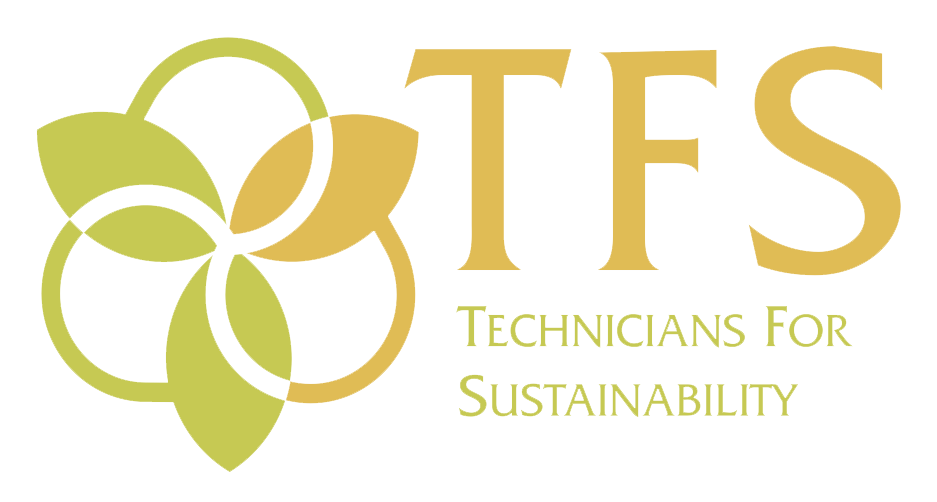Reading about solar can involve reading through a hefty amount of industry terminology and technical information. We know that not everyone knows exactly what an Inverter does, or how Net Billing differs from Net Metering, so we have begun compiling an ever-expanding encyclopedia of solar industry vocabulary to help ensure that any materials you come across in your research will be easily understandable!
Data Monitoring: The real-time digital tracking of your solar system’s production. Through sensors that provide information about your solar system to a web-based monitoring server, your energy generation is easily trackable via the internet, allowing both the client and solar installer to view and ensure consistent production results. To see an example of our system in action, click here.
Grid-Tie: Generate electricity for your home while supplying excess energy back to the utility grid. This allows you to receive power from the grid during the night, as well as any necessary supplemental energy needed in addition to your own generation. All electricity produced by grid-tie systems is used either in the home, or by neighboring facilities. These systems generally do not operate during a grid outage without the addition of a storage system.
Off the Grid: Going off the grid refers to being disconnected from the centralized energy utility. This means that there is no option to pull energy from the utility grid in the event that your system is unable to produce or meet your needs. Off the Grid systems require the solar panels to be designed for the worst time of the year (lowest solar production + highest usage). They also require a battery backup system sized for multiple days of cloudy weather. They generally require a supplemental fossil fuel generator as well. Often Off the Grid systems are twice the size of a typical grid-tied system and have a dramatically higher cost.
Inverter: The piece of hardware that converts energy from your solar panels into a form that can be used in your home and exported to the grid. Solar panels produce DC (Direct Current) energy, which the inverter converts to AC (Alternating Current), allowing it to be utilized by the electrical systems within the home.
String-Inverter: This inverter harnesses energy from multiple solar modules. It typically allows each system to function on 1 to 2 inverters. They operate at higher voltage and may reduce cost associated with installation and long term maintenance.
Microinverter: This inverter typically harnesses energy from a single module at the source. These systems will have the same number of modules as inverters. The failure of any one microinverter will have minimal impact on the whole system compared to string-inverters however it may require more frequent maintenance. They are typically a higher cost.
ITC: Investment Tax Credits are in place by the federal and state government to assist in the subsidization of solar energy, making the alternative energy source a more affordable option for the consumer. These tax credits are put into place in order to promote growth of forward thinking and necessary technical innovations or resources. There are currently NO government programs in place that provide free solar.
Photovoltaics (PV): Typically silicon based products that convert sunlight to direct current (DC) energy.
Racking: Racking mounts are the metal structures used to safely mount solar modules to a rooftop or surface. Mounted above the surface itself, racking allows for solar modules to be placed in their most effective position, free from limitation of the structure upon which they are being placed. The principal job or racking is to hold the solar equipment in place under any expected local weather conditions while preventing water intrusion.
Solar Array: A solar array is an interconnected series of solar modules, combined to capture and produce a large amount of energy.
Solar Cell: A solar cell is the device that captures sunlight, converting it to DC energy through the photovoltaic process. A common solar module is made up of around 66 solar cells, connected to form a solar module.
Solar Cell Efficiency: The ratio of energy being effectively converted from sunlight to usable energy by a solar cell. This refers to how much electricity can be produced in a specific amount of space.
Solar Panel vs Solar Module: A solar panel is a row of connected solar modules, frequently arranged into ‘arrays’ on rooftops and structures. It is a common confusion that ‘solar panel’ refers to each individual module.
Main Service Panel: The connection point to the utility grid and the location of circuit breakers which protect and distribute electricity to your home. In Arizona, these are generally found on the exterior of your home.
Sub-panels: Another place where circuit breakers can be found. However, these are not the connection point to the utility grid and rather connect back to the main service panel. These can be on the interior or exterior of your home.
Stand-off: The roof attachment that secures the racking and modules to the roof. There are different variations depending on roof type, but all should be thoroughly sealed to prevent water intrusion. These are almost always made of metal.
Clipping: When the module's production exceeds the inverter's capacity to convert energy. This results in the usable converted energy being limited until production lowers. This is generally avoidable, however may happen in peak production times for some systems.


